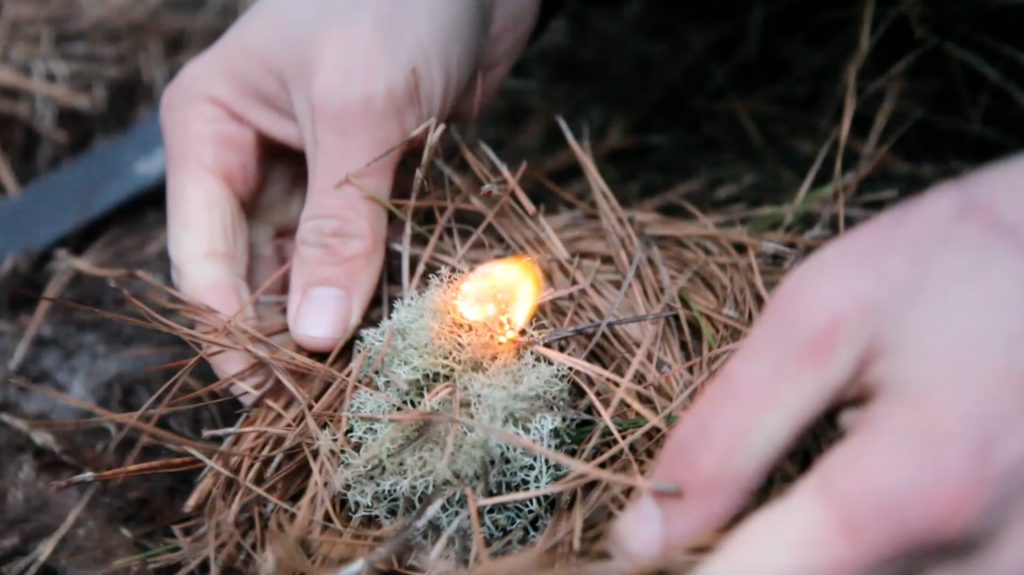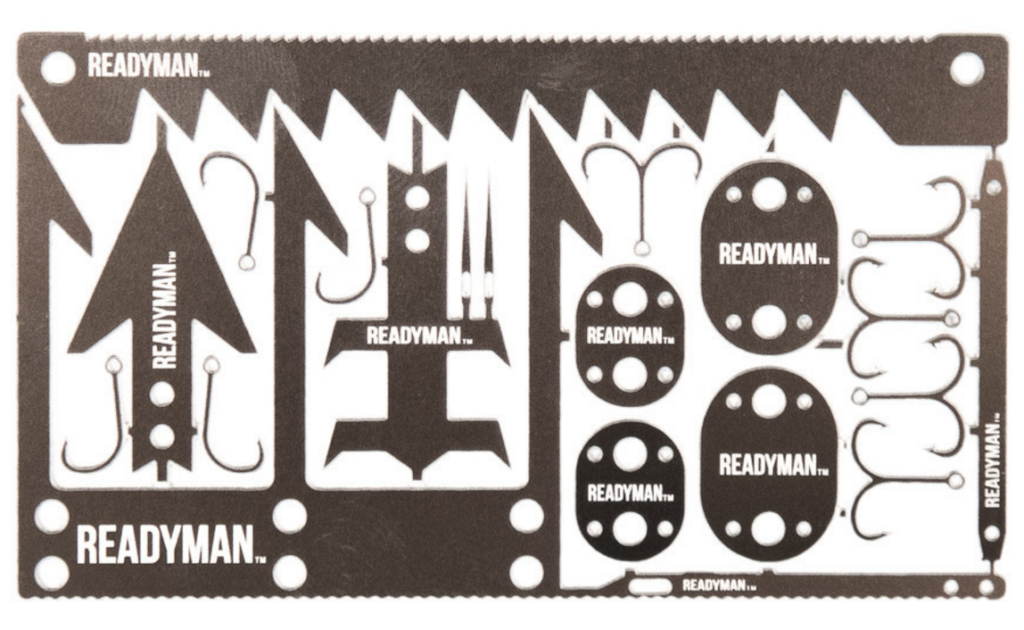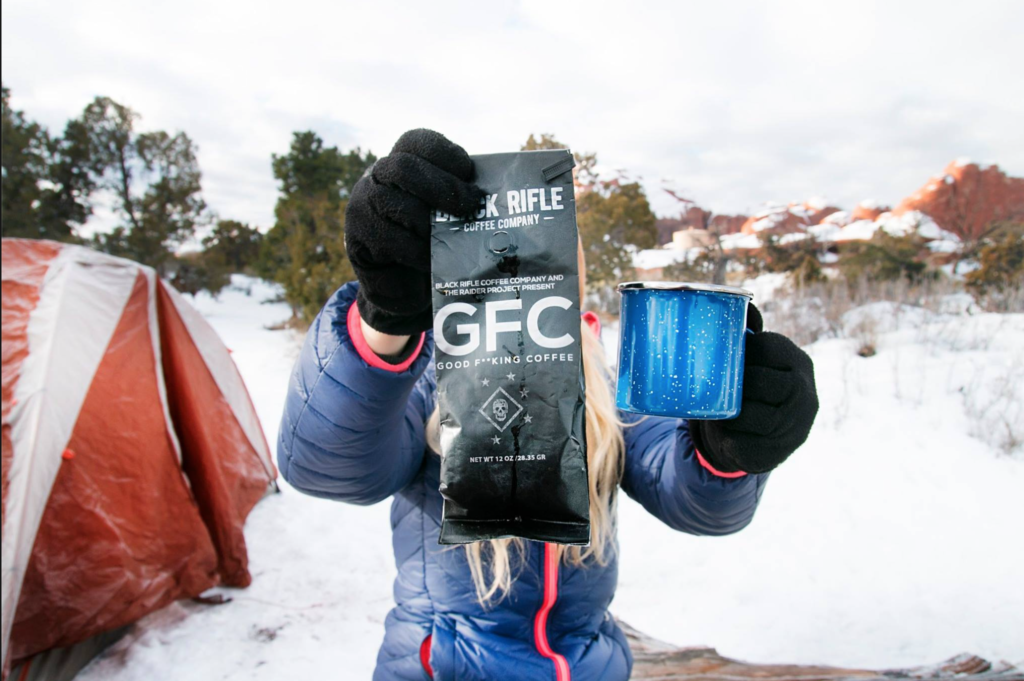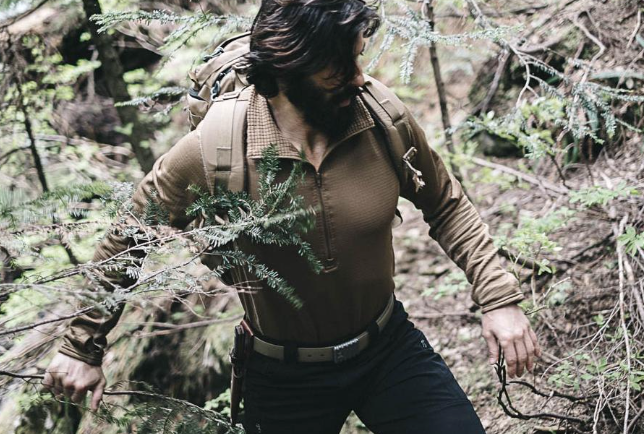Winter Survival Guide
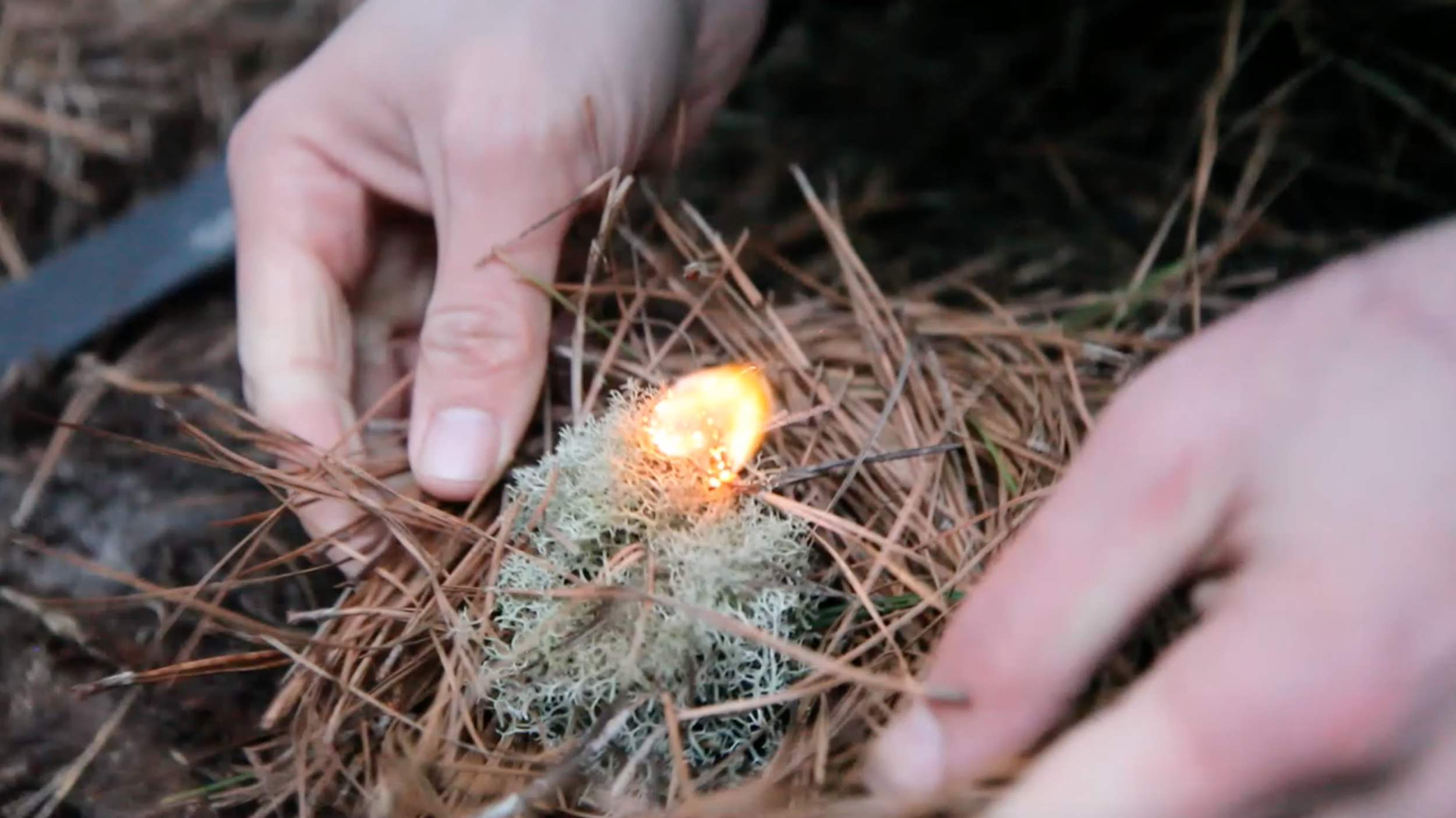
EVERYTHING YOU NEED TO KNOW TO SURVIVE IN COLD WEATHER
For a lot of people, when they think of “survival,” they think of activities we typically associate with warm weather — camping, fishing, hiking, and the list goes on. Truth be told, most of us are more comfortable in warmer weather, so it’s not surprising that we tend to practice and hone our survival skills during the summer months. This can be a dangerous and even deadly mistake, however, when you are faced with an emergency situation in the winter and find that you haven’t adequately prepared.
The importance of packing and preparing for winter cannot be overstated. Even the most basic of survival tasks can be made much more challenging with the cold temperatures, snow, ice, strong winds and other elements associated with winter. For this reason, we’ve put together these tips on building your winter survival kit and preparing yourself to survive those harsh, cold months.\
Since your survival needs will change depending on the season, it’s a good idea to pack a separate bug out bag for winter, filled with basic bug out bag essentials as well as items that are necessary to survive in the cold. Here are a few items that should be included in your winter bug out bag:
- Modern fire starters
- Folding saw
- Reflector blankets
- Hand and body warmers
- Metal cups
- Ice fishing supplies
- Wool socks
- Long underwear
- Ski mask and goggles
- Insulated water bottle
- Shovel
- Cold weather sleeping bag
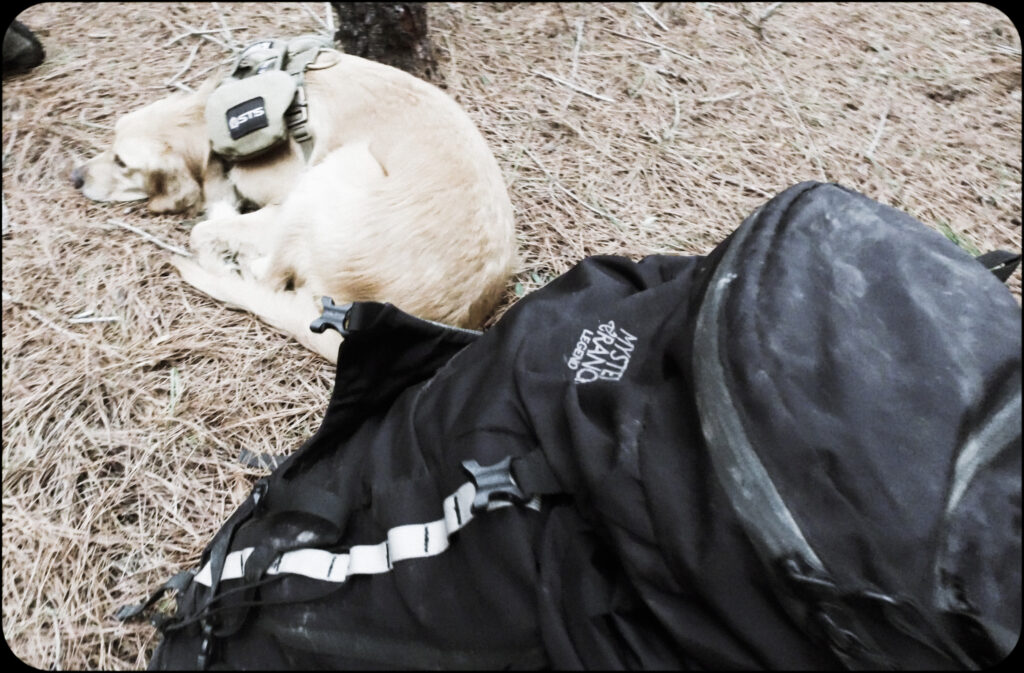
PRIORITIES FOR WINTER SURVIVAL
In any survival situation — no matter the season — the absolute most important thing you can do is stay calm. This will enable you to think clearly and make rational decisions that will keep you alive. No matter how grim the outlook may be, it’s important not to panic.
Once you’ve had time to organize your thoughts, here are the priorities you must take into consideration in a winter survival situation.
STS Survival Course September 16th-18th
1. Warmth
Despite popular belief, your first priority in a survival situation shouldn’t be food or even water, but shelter. This is especially true in the winter months, when exposure to the elements even for a few minutes can be dangerous. Before you do anything else, make sure you have adequate shelter and fire to maintain your body’s much-needed warmth. Only after you’ve done this should you concern yourself with finding food, water and other survival essentials.
2. Water
After shelter, water is the most pressing need in a survival situation. While a person can survive a month or more without food, you can only go three days without water (remember the Survival Rule of Threes.) You should also keep in mind that drinking cold water or eating snow in winter will cause your body to burn excessive calories which your body desperately needs to stay alive. In a winter survival situation, you should always heat up water before drinking it.
3. Signaling for Help
It is important, especially in the first three days, to make every effort to try and get the attention of anyone who may be searching for you. Click here to learn how to signal for help in the wilderness, and here for a more in-depth look of emergency communications using light, fire and smoke.
4. Food
Of course, your bug out bag should be well-equipped with MRE’s and other survival food items. Even so, you should make an effort to procure food from other means, such as familiarizing yourself with edible plants in the area and making traps and snares to trap animals for food.
5. Tools and Weapons
Again, your bug out bag should already be equipped with a few basic survival tools. In addition, you should know how to make your own tools from the materials you have readily available to you.
STOCKING YOUR BUG OUT BAG
As we’ve already discussed, having a well-stocked bug out bag is crucial, especially in the winter when the harsh elements make it even harder to survive,
let alone stay comfortable. Your winter bug out bag should be stocked with plenty of food, water, matches, at least two high-quality knives, tools, some kind of shelter, cordage, some method for purifying water, warm clothes, and some way to signal for help. Your bug out bag should also include a first aid kit, stocked with all the necessary supplies to treat common ailments as well as any pre-existing illness or injury you may have
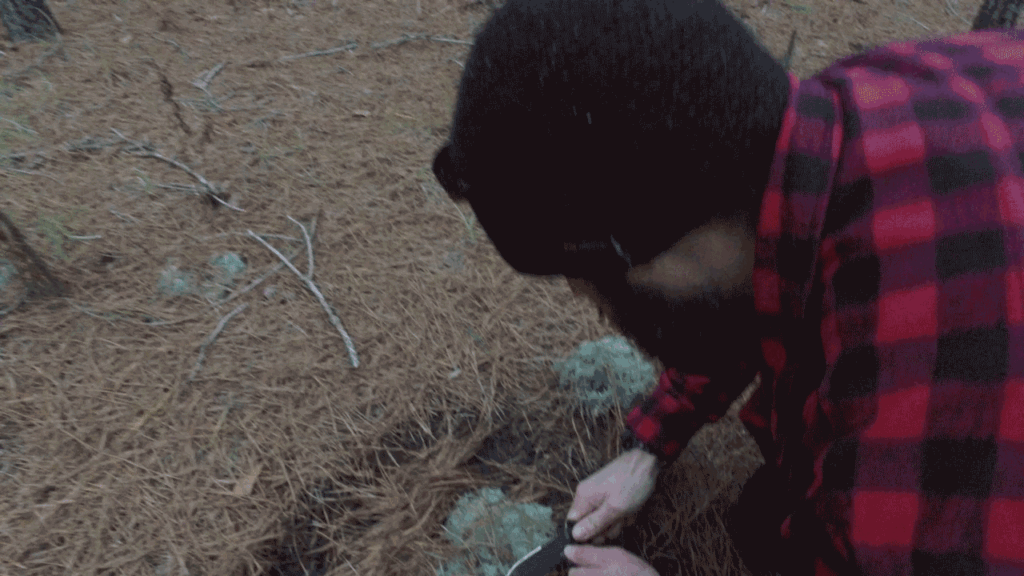
BUILDING FIRE
Building a fire is the single most important winter survival skill you can possess. Without it, you are unlikely to survive longer than a few hours. Here are the basic steps for building a fire in the winter:
1. Find wood. Remember that wet wood won’t burn, so it’s a waste of time to dig in the snow for wood that may be buried underneath. Instead, look for fallen and downed branches and twigs on top of the snow.
2. Carve dry the wood by breaking it apart and gathering the inner splinters. Use these small pieces as kindling for your fire.
2. Once you have a flame, feed it with fuel wood. Dead limbs off standing trees work best, especially if they come from broad-leaf hardwood trees such as birch, dogwood or maple.
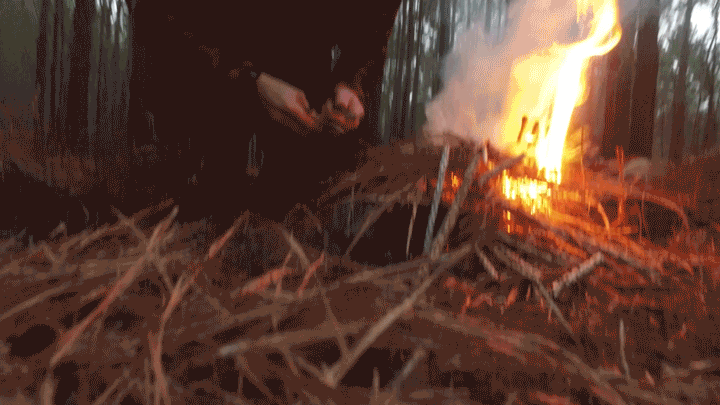
FINDING SHELTER
The type of shelter you need will largely depend on your unique situation. If you get stranded in a vehicle in winter, it is almost always preferable to stay put in your vehicle until help arrives. If you’re not in a vehicle, use whatever materials you can find to construct a shelter to protect yourself from the elements. Keep an eye out for caves or rock overhangs, as these can make for great survival shelters. Alternately, you can dig into a snow drift to create a makeshift “snow cave.” These are just a few ways to find or create shelter in the winter.
STAYING HYDRATED
Aside from shelter, water is the most crucial thing to focus on in a survival situation. Fortunately, winter often means there is water readily available in the form of snow and ice. After melting the snow or ice down into water, you still need to heat it up before you drink it, since drinking cold water in the winter will make you colder and cause your body to expend more calories. This is where a metal pot or cup comes in handy, as it can be safely and easily heated over an open flame. You should also carry a water purification system such as a LifeStraw or iodine tablets to make sure your water is pure and free of bacteria.
SIGNALING FOR HELP
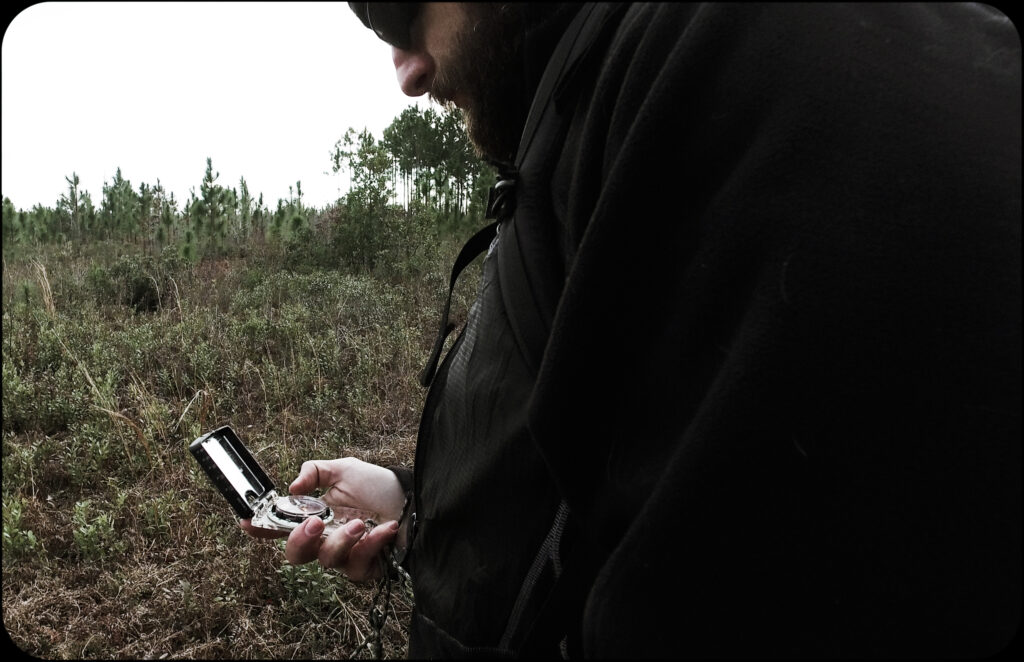
The difficulty of finding a lost or stranded hiker can become even greater in the winter, when the glare off the snow can cause decreased visibility, and the elements that got you stranded in the first place can make it difficult for others to get to you. If you plan on venturing out in the winter, always leave a detailed itinerary behind so that rescuers will know where to look for you. It’s also important to stay put. As tempting as it may be to strike out in search of help, you’re much more likely to be found if you stay near your camp. Use fire, smoke, reflective blankets, signal flares and other methods to try and call attention to yourself so that rescuers will have an easier time finding you.
FINDING FOOD
Aside from the survival food you packed in your bug out bag, your main source of food will be edible plants and animals. It’s incredibly important to familiarize yourself with plants in the area and know which ones are edible and which ones are poisonous. In winter, you should look out for plants like aspen, birch, cattails, maple, pine, rose, and willows, which have a variety of survival uses. In addition, you should learn how to hunt, build snare traps, and ice fish in order to acquire much-needed animal protein.
BUILDING TRAPS AND SNARES
A snare trap is the simplest, most effective way to hunt game in the winter. It is just a loop of wire, rope or cord that suspends an animal in the air or restrains it from movement to escape, thus tiring itself out in the effort. Using a snare trap, you will save time and energy that you would have spent hunting. Click here for our list of snare traps and how to make them.
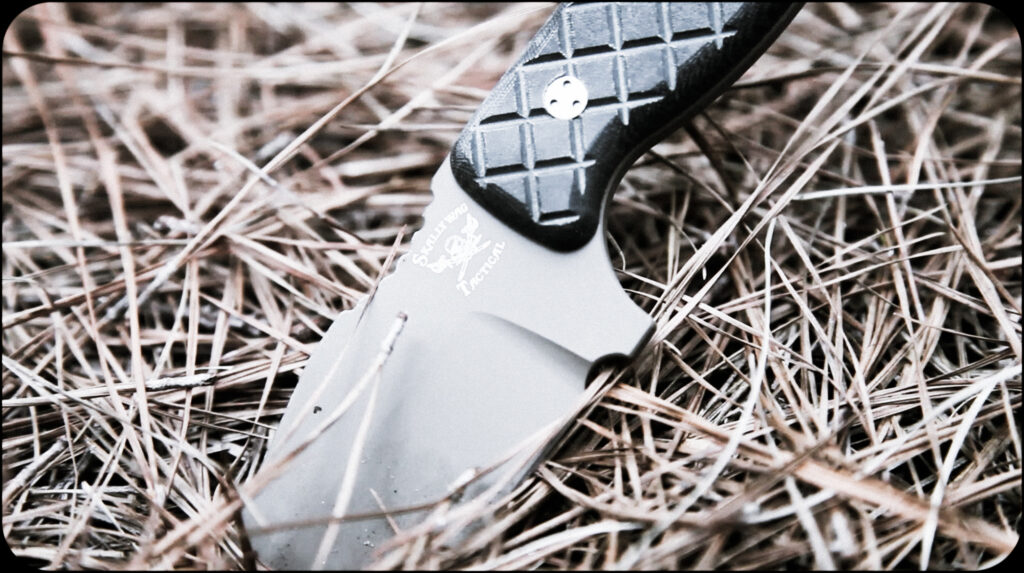
TOOLS AND WEAPONS
Tools and weapons will be lifesavers in a winter survival situation. Whether you packed them in your bug out bag or you make them yourself with the available materials, tools such as a spear or club will help you hunt, prepare food, build shelter and complete a variety of other survival tasks. Tools like these can be crafted from natural materials such as wood and flint. You can also modify your already-existing weapons.
SAFETY REMINDERS
A survivalist should always be aware of his surroundings, and that is especially true when it comes to winter survival. Winter poses several unique threats that are not present in the warmer months, and often go without consideration even by the most seasoned outdoor survivalist. Here are a few things to consider:
1. Cotton Kills
Once cotton is wet, it’s no longer able to keep you warm. Opt for a warmer fabric such as wool.
2. Prevent Hypothermia
Wear proper clothing, stay dry, wear a hat, stay out of the wind, build a fire, stay active, and eat energy-rich food.
3. Identify and Treat Frostbite
Frostbite is associated with cold and “tingly” ears, nose, fingers and toes; numbness in the extremities; and waxy, stiff skin that limits joint movement. For mild frostbite, warm the area with skin-to-skin contact for 15 minutes; for superficial frostbite, splint and cover the affected area, loosen clothing, and seek medical attention; for deep frostbite, rescue and evacuation is the only cure.
Recent Posts
Unstoppable: Nick Koumalatsos on Thriving Beyond Obstacles
In the face of life’s trials, it is disheartening to witness how swiftly many relinquish their aspirations at the first…
What to do if you are stuck in life?
When I see this picture I can only see a depressed, frustrated, unfocused, undisciplined individual that is not living up…
Are we coddling our children?
A young man went to seek an important position at a large printing company. He passed the initial interview and…
